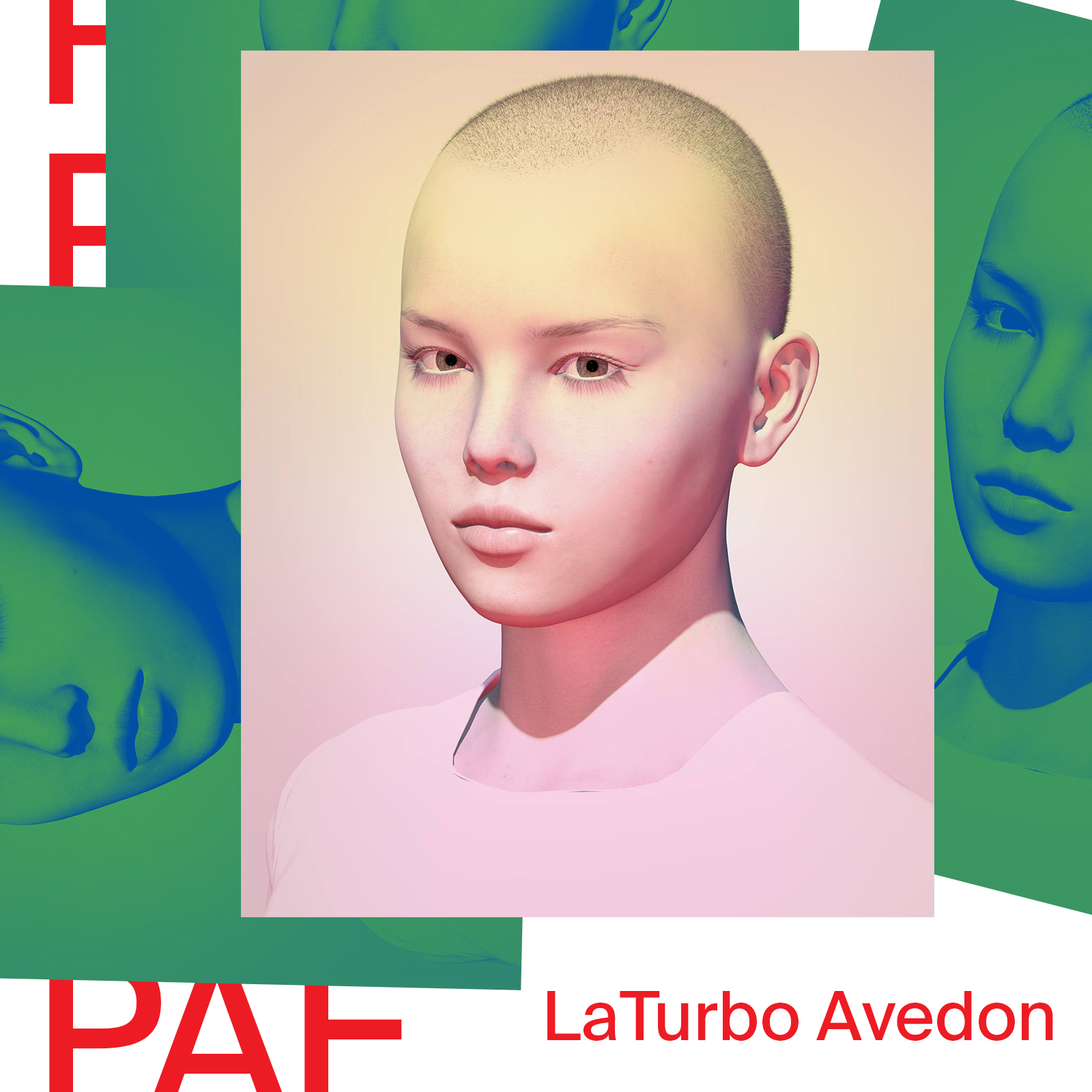How do you use constraints—perhaps specifically, the constraints of being a virtual person—to your advantage?
I am constantly working within the constraints of virtual environments, ranging from Second Life to video game spaces like Overwatch, Minecraft, Dark Souls, etc… Each one of these feels like a sort of travel where I am following the local rules. There was a time where places like these seemed truly separate—the idea of digital dualism seemed to be real—but today places like these seem much more familiar and tangible, and not so different than the waking physical world. If anything, as users are augmenting their perception and interfacing with their devices, physical environments are becoming more like virtual ones.




